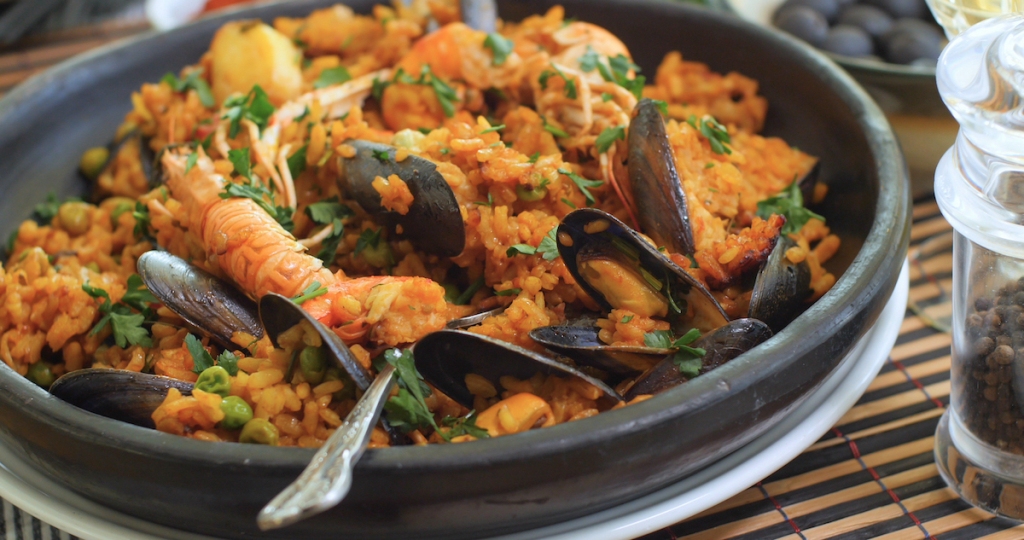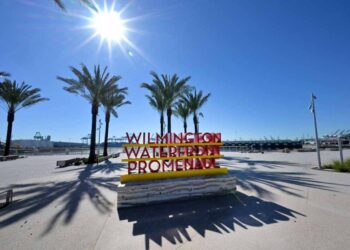During a family trip to Spain, my daughter developed an obsession with paella. She was captivated as well with sandwiches of jamón serrano on bocadillo bread, served at a chain wonderfully called Museo del Jamón. But that was her lunchtime obsession. Paella was her dinner obsession. And she obsessed very well.
During five nights in Madrid, we went to five different restaurants famed for their paella. During five nights in Barcelona, we had another five paellas. Or, at least, she did; by that time, my wife and I had moved on to zarzuela and fideo and any number of other dishes.
Her love of paella – a dish named for the pan in which it’s served – has continued, and perhaps even thrived. And as is true of so many of our favorite dishes, paella has roots deep in history – in this case, in the history of the Iberian Peninsula.
That’s where it dates back to the 10th century, when the Moors of Spain began cultivating rice. By the 15th century, it had become such a staple that it was the standard lunchtime meal for farm laborers, cooked in great pans over open fires, flavored with herbs and spices, with added ingredients like tomatoes and onions, saffron the pepper, rabbit and duck, and, closer to the ocean, seafood. Lots of seafood.
Paella is just one of many foods from the sea honored with special days in March – this may be the most aquatic month of the year. Along with National Peanut Butter Day, National Cheese Doodle Day and National Meatball Day, we’ve got National Crabmeat Day, National Baked Scallop Day, National Lobster Newburg Day, National Clams on the Halfshell Day – and, on March 27, National Paella Day.
And, yes, I know that paella doesn’t have to include seafood to be paella; it’s named for the flat metal pan with two handles in which it’s cooked. But for me, at least, seafood makes paella so much more of a meal. And anyway, any excuse for gobbling an abundance of shrimp, crab, scallops, lobster, cod and what have you is much…
Read the full article here







